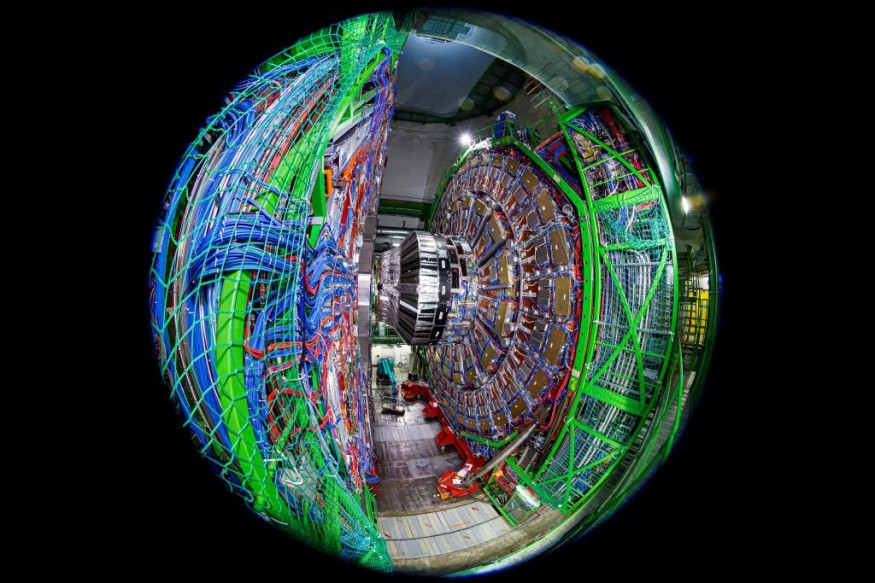CERN's Large Hadron Collider (LHC) produced the subatomic particles known as neutrinos for the first time. According to Science Alert, the plentiful yet mysterious subatomic particles are so far separated from the rest of matter that they glide through it like specters, giving them the moniker "ghost particles."
The discovery promises to expand scientists' knowledge of neutrinos, which are among the most prevalent particles in the cosmos and are crucial to answering the puzzle of why there is more matter than antimatter.

FASER Experiment Enable Observation of Neutrinos
Neutrinos have been recognized for several decades and were crucial in the development of the standard model of particle physics. Yet, most neutrinos investigated so far by physicists have been low-energy neutrinos, and no neutrinos created in a particle collider had previously been observed by an experiment, not until this time.
An international team of researchers led by the University of Bern's Laboratory for High Energy Physics (LHEP) has successfully produced neutrinos using the FASER particle detector at CERN in Geneva, where they detected very high-energy neutrinos. Their findings were presented at Italy's 57th Rencontres de Moriond Electroweak Interactions and Unified Theories conference.
Jonathan Feng, a physicist at the University of California Irvine, explained in a press release that they discovered neutrinos from a brand new source, particle colliders, where two beams of particles collide with each other at extremely high energy.
During LHC particle experiments, neutrinos can smash with nuclei in the tungsten plates, creating particles that leave tracks in the emulsion layers, similar to how ionizing radiation leaves tracks in a cloud chamber. These plates, like photographic film, must be processed before scientists can study the particle tracks to determine what caused them.
In 2021, six neutrino candidates were found and published. The researchers have validated their discovery using data from the enhanced LHC's third run, which began last year, with a significance level of 16 sigma.
The FASER team is still analyzing data from the detector, and it appears that many more neutrino detections are on the way. The LHC's third run is planned until 2026, and data collecting and analysis are underway.
More About Neutrinos
Neutrinos are created in high-energy situations like nuclear fusion inside stars or supernova explosions. While humans may not perceive them daily, scientists think that their mass, however minor, influences the Universe's gravity.
The experiment collected data at the LHC in 2022 for the present neutrino observation, Science Daily reported. With a high degree of certainty, the researchers identified 153 neutrino interactions.
Neutrinos generated in particle colliders have long been sought after by physicists since the high energies involved have not been examined as thoroughly as low-energy neutrinos.
The neutrinos observed by FASER have the greatest energy ever created in a lab and are akin to deep-space neutrinos that cause stunning particle showers in the atmosphere or on Earth. As a result, they are an important tool for researchers to better interpret findings in particle astrophysics.
RELATED ARTICLE : For the First Time Large Hadron Collider FASER Experiment Reveals Ghost Particle Neutrinos
Check out more news and information on Neutrinos in Science Times.












